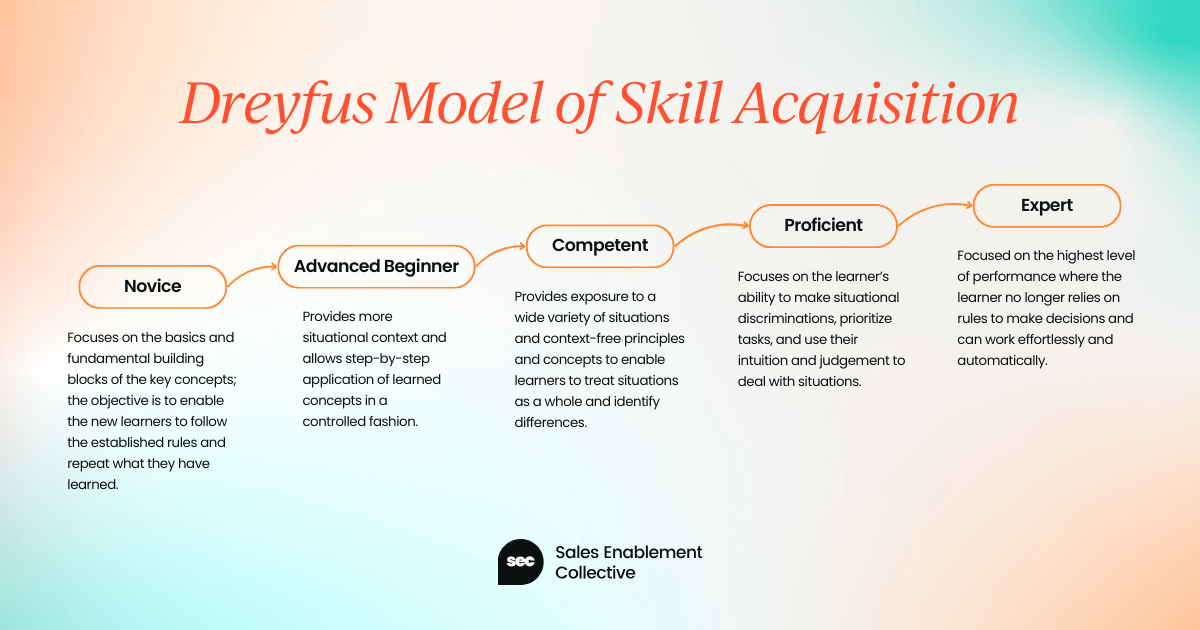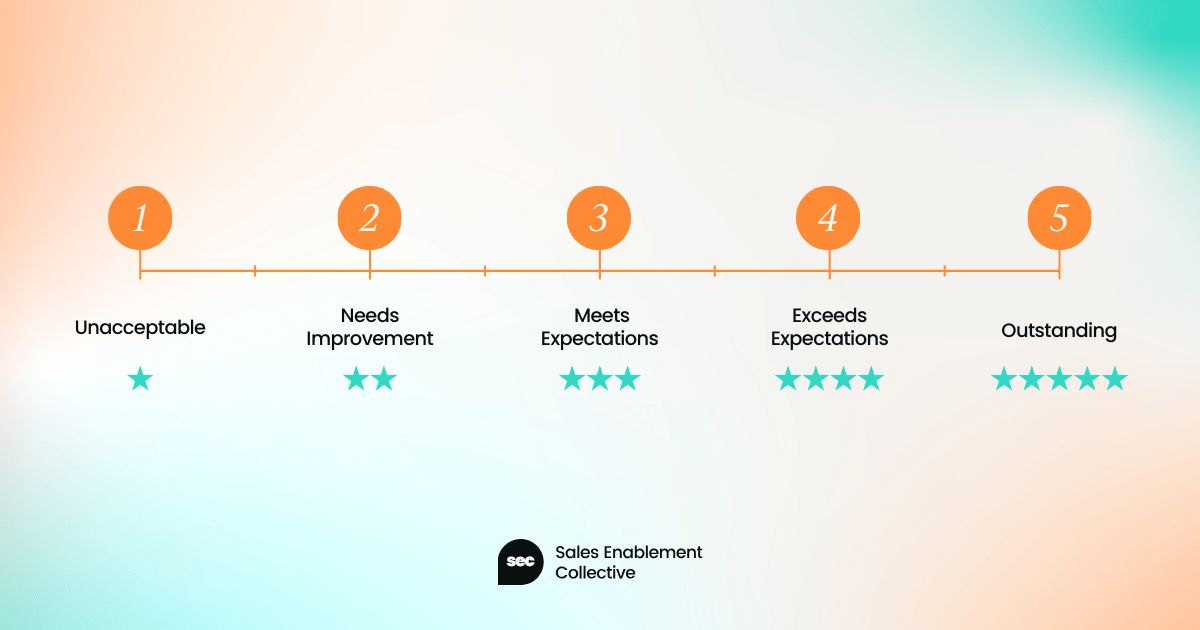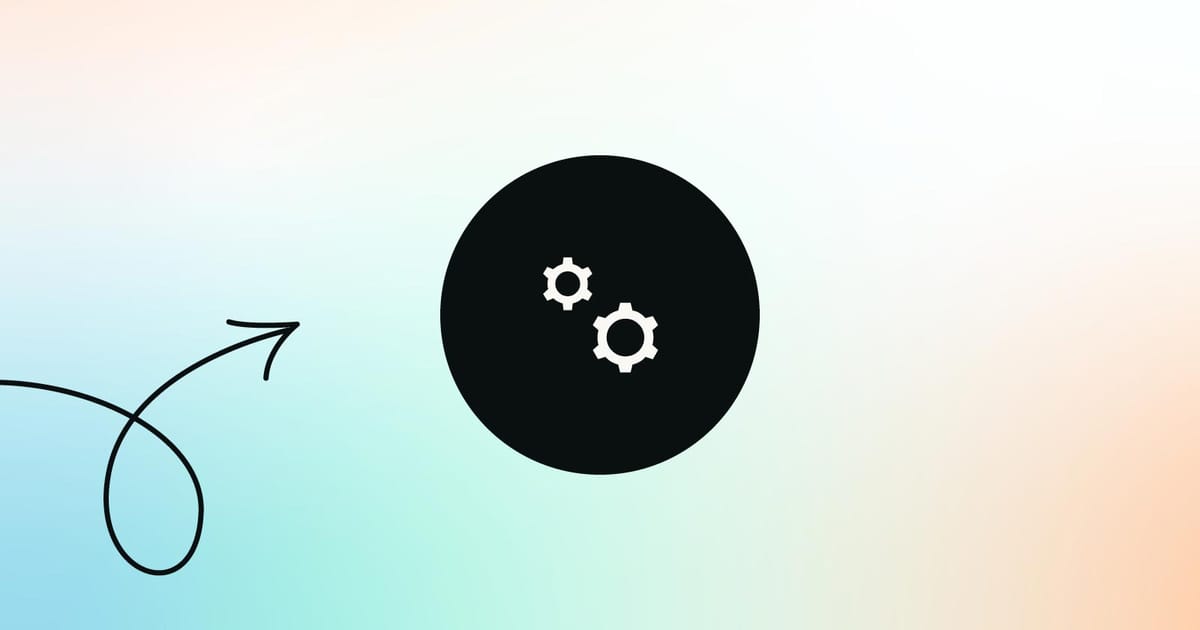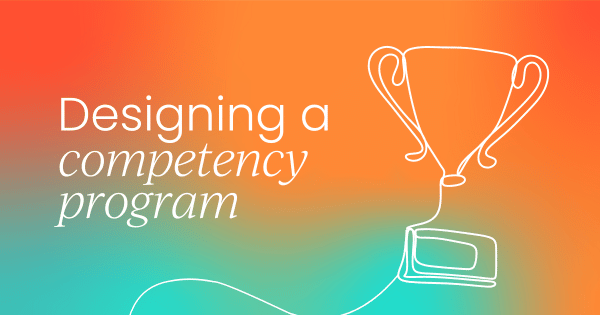Sales enablement efforts are instrumental in driving impactful and measurable improvements in sales productivity and performance. However, the success of these efforts requires a comprehensive analysis of sales roles, quality and experience levels of talent filling these roles, and the short- and long-term knowledge and skill development needs for these roles.
Most organizations address this through comprehensive onboarding programs that (over a period of several days or weeks) immerse the new sales reps into the organization’s culture, vision, growth strategy, products, selling motions, use cases, and more.
Strong onboarding programs are one of the key pillars of sales rep success as they set the foundation of learning for reps and are one of the first learning experiences new sellers encounter at an organization.
However, learning is not a one-time activity.
To help sales reps achieve high levels of performance after onboarding, they need continuous reinforcement of key concepts, regular opportunities to apply core skills, and dedicated enablement interventions to help them successfully meet the job expectations for their role.
While onboarding can kick off the process of meeting the key requirements of a sales role, a more specialized enablement program (sometimes also referred to as everboarding) is often necessary to help new sales reps master key sales behaviors for sustained success.
This is where competency development and skills enablement efforts come into the picture.
This article covers:
- Identifying core competencies
- Designing role-based learning paths
- Personalized learning
- Assessment criteria
- Best practices
- Measuring impact
Identifying core competencies and proficiency levels
Competencies are key skills, knowledge, and attributes that sales reps need for long-term success in their job. Competencies are tied to specific roles and are structured to represent key behaviors and performance outcomes that a given role must meet to be considered productive and at par for their level.
For sales roles, enablement teams must identify appropriate competencies related to:
- Product expertise
- Sales tools, processes, and systems
- Professional skills essential for selling
In addition to role-specific competencies, additional competencies may be needed at an organizational or functional level.
While identifying sales competencies, sales enablement pros must collaborate with sales leaders and executive sponsors to ensure the proposed competencies are in tight alignment with the organization’s strategic goals and business priorities.
They should also seek inputs from frontline sales managers and seasoned sales reps on the key skills, role-based tasks, and job milestones reps must be prepared for, such as contacting a prospect, creating a pitch presentation, performing a demo, closing their first deal, asking strong qualification questions, etc.
Not all sales roles are built the same. Each role has different expectations, outputs, and skills needed to be successful.
Therefore, for each identified competency, sales enablement teams should also map the level of proficiency required. This means defining the level of knowledge and skill needed to satisfy the needs of competency for a given role.
For example, a pre-sales role can be expected to be an expert in value-based selling, whereas a post-sales role may only need a medium level of proficiency in the same competency area.
There are many ways to categorize proficiency levels. Proficiencies can be structured around standard skills attainment levels that advance progressively based on the understanding and acquisition of skills through training and practice, such as those used in the Dreyfus Model of Skill Acquisition.

Proficiencies can also be structured based on the three levels of content difficulty (target content, simpler content, and more complex content), or by using a 1-4 numeric scale that signifies the level of understanding, with 1 indicating little understanding of the skill/knowledge and 4 indicating exceptional performance.
Designing role-based learning paths
Once the core competencies and their associated level of proficiency for each role have been identified, sales enablers must set up role-based learning paths that provide the appropriate enablement and learning resources required for competency attainment.
These resources typically include trainings, videos, performance support materials (such as job aids, cheat sheets, user guides), practice exercises, assessments and knowledge checks, and certifications.
The learning paths in a typical competency framework for sales roles can be structured around the following key content areas:
1. Product expertise
This content area focuses on providing core product knowledge to sales reps. The content included here is regularly refreshed to account for product release updates and new product/service introductions.
In general, learning paths focused on product expertise include detailed enablement and training on the following topics:
- End-to-end product stack and any supporting professional services, latest messaging and value proposition, standard use cases, and pricing & packaging strategy
- Key customer personas, their typical needs and business challenges, overview of the industries they operate in, and how the organization’s products solve the needs and challenges within each industry
- Latest solution offerings based on customer’s identified business needs, along with practices that test the sales rep’s ability to develop solutions aligned to a customer’s pain points
- Process, tips, and proven strategies for creating a strong pitch and business case, as well as performing a demonstration of the product to customers
- Customer case studies within each key industry, domain, and geography included in the target market for the organization
- Key competitors and their products, strengths/weaknesses, and how the organization’s product is differentiated and superior to competitor’s products
- General customer objections and how to handle them
- For technical sales roles such as solution engineers: Technical overview of the products and their features, technical use cases and applications, reference architectures, and technical demonstrations
2. Knowledge of tools, systems, and processes
This content area is aimed at providing enablement that helps the sales reps gain an end-to-end understanding of the different tools, systems, and processes they need to use in their day-to-day job.
This includes detailed training with built-in hands-on practice exercises on standard sales tools such as:
- Customer relationship management (CRM) tool that the organization uses to manage pipeline, log sales activities, and customer contacts
- Configure, price, quote (CPQ) tool that supports quote-to-cash activities
- Sales intelligence tool that helps optimize sales processes and quicken sales cycles
- Sales acceleration tool that helps automate and streamline administrative activities
- Sales analytics tool that enables tracking and evaluation of sales activities and provides trends and relevant insights
- Marketing automation and lead generation tool that helps automate repetitive marketing tasks and streamline lead acquisition and qualification processes
In addition to the above, this content area usually also encompasses comprehensive training on the sales methodology, which touches on: standard sales processes, entry and exit stages in the sales cycle, a methodology-based framework with tools & templates, key sales rep deliverables, selling techniques, and relevant sales policies.
3. Professional skills
This content area comprises training on skills that complement the sales reps’ persona as a seller. These professional skills enable reps to successfully establish a meaningful connection with stakeholders and customers and swiftly execute their responsibilities as an agent of revenue growth.
The following professional skills are usually targeted for enablement:
- Presentation skills
- Objection handling
- Negotiation skills
- Value-based selling
- Social selling
- Art of storytelling
- Financial acumen
- Business acumen
- CxO conversation skills
For sales leaders and frontline sales managers, additional skill categories are included, such as leadership, coaching, influencing, managing for high performance, managing diverse teams, conflict management, leading in a virtual world, leading with empathy, unconscious bias, and more.
Providing a personalized path for learning
All sales reps are different in terms of their existing proficiency levels. Even within the same role, reps may have varying levels of knowledge and skills, depending on their experience, exposure to the industry/domain/role, and professional and educational backgrounds.
In order to meet each sales rep at their current proficiency level and give them a personalized path to improve their skills, sales enablers often employ knowledge, skills, and abilities (KSA) assessments to pre-test sales reps and allow them to assess where they stand and where they need to improve.
KSAs allow sales reps to curate their learning experience and only focus on those areas within the learning path that are designed to meet the gaps between their current and expected proficiency levels. This in turn improves the impact and relevance of the competency program and enables reps to meet their competency goals faster.
Solidifying the success criteria and assessment framework
Competencies must be supported by a framework that provides a clear roadmap and key performance indicators (KPIs) required for leveling up. This roadmap must chart out the lifecycle of sales rep development along with the success criteria for each developmental milestone.
Sales enablement professionals can accomplish this by creating an assessment rubric that includes a rating scale for each competency.
A rating scale not only serves as a consistent and fair mechanism for sales managers in evaluating the performance and behaviors of their sales reps, but it also acts as a guide for sales reps to track and assess their own progress. Most organizations use a 5-point rating scale:

For each point on the scale, it’s important to qualify the behavioral and performance indicators that illustrate the level of performance at that point for each identified competency.
This allows the evaluation of competency attainment across sales reps to be conducted in a standardized and unbiased manner.
Best practices to increase the impact of the competency program
A robust competency framework that accounts for the nuances of various sales roles, their expected skill and behavior outcomes, and corresponding success measures is instrumental in helping sales reps excel and meet their performance targets.
The following proven best practices can help sales enablers ensure a successful adoption of the competency program and increase its overall effectiveness.
Focus on critical competencies
A competency program that tries to address all the competencies may not be scalable and may require a lot of time and effort upfront to roll out.
It’s therefore better to focus on the top competencies that are essential to rep success.
Manage volume and training
Be mindful about the volume and timing of competency training requests for sales reps to avoid conflicts with their day-to-day job and afford them the right space, bandwidth, and mindset to learn.
Space out the key learning milestones over a period of time and allow for continuous, real-time progress tracking to help the reps stay motivated.
Practice makes perfect
Create learning experiences that are accompanied with practice opportunities to foster greater immersion, retention, and reinforcement of learning concepts and skills.
This can be accomplished through scenarios, assessments, live presentations to managers, demoing in front of a panel or audience, and role-plays.
Use technology
Leverage enablement technology stack to enrich reps’ learning experiences in a way that facilitates a seamless and engaging delivery of content.
Many organizations use a dedicated sales enablement platform or a learning experience platform to organize and deploy their enablement content which can help increase the reps’ speed-to-competency.
Engage sales leaders
Involve sales managers throughout the various milestones of the competency program and seek their help in reinforcing skills and positive behavior within their team.
Equip the managers with resources (such as a guide or a toolkit) that allow them to understand how to effectively use the assessment rubric and provide prescriptive guidance to reps on the skill areas that need improvement.
Tracking the effectiveness of competency programs
Competency programs are incredibly helpful for organizations because they provide a clear and direct path for professional development to sales reps.
Despite the inherent value that competency programs provide, sales enablement members should have data-driven measures in place that track how well the program is meeting its objectives.
This is critical to ensure that the program is effective and directly relevant in meeting the skills development and up-leveling needs of sales reps. This can be accomplished in a number of ways:
- Evaluate the rep’s proficiency level for each competency before and after the program (KSA assessment is a great tool to use here).
- Track the learning completion/training attendance rates for enablement provided within the learning paths.
- Measure the scores received on practices, tests, and assessments.
- Consolidate trends on rubric-based ratings across competencies.
- Aggregate customer satisfaction scores, net promoter scores, and confidence ratings on learning content.
- Monitor direct rep feedback received through course-end surveys or live training surveys.
- Review feedback received from sales managers.
- Evaluate reps’ milestone-based metrics, ability to consistently meet quota, and contributions to pipeline growth over time
In essence
Intentionally designed competency programs are a catalyst for talent development and high performance within a sales organization.
When reps’ sales lifecycle is complemented with an enablement framework that is uniquely designed for rep growth, a robust foundation for sales excellence and flawless execution is established.
By instituting a core competency framework that accounts for the skills and proficiency levels needed for each job role along with the success criteria that must be achieved to showcase success, sales enablement professionals can better support sales teams in developing targeted behaviors that signal high productivity and strong performance.


Sales enablement insider
Thank you for subscribing
Level up your sales enablement career & network with sales enablement experts
An email has been successfully sent to confirm your subscription.
 Follow us on LinkedIn
Follow us on LinkedIn


.png)












